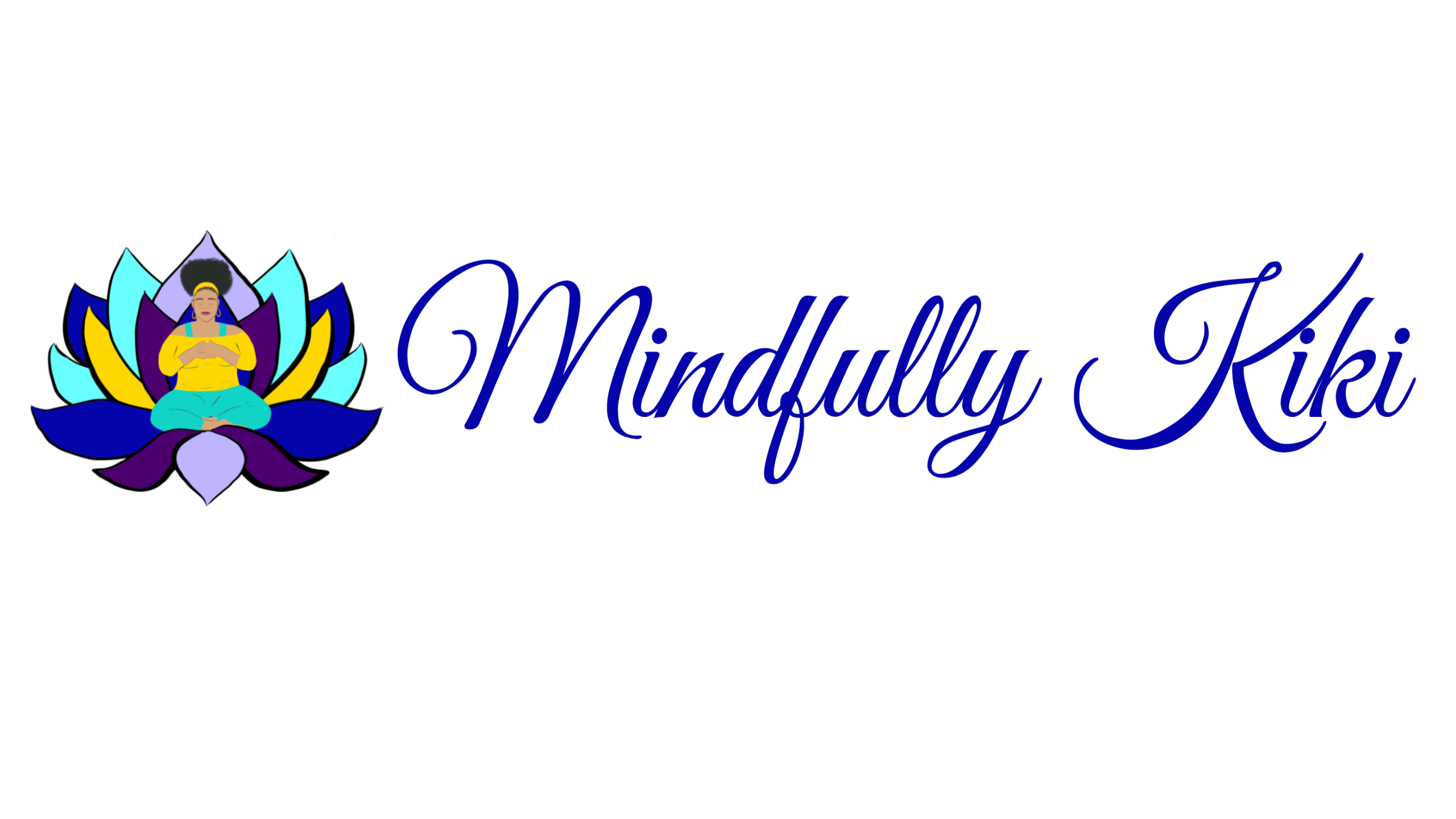Let’s MEDITATE.
Wait, does that word intimidate you in any way? Many people may feel intimidated by it simply because they aren’t aware of exactly what it is.
What is Meditation?
Meditation is most commonly defined as quieting the mind or the clearing of thoughts.
So, what is so scary about this? Well, I think the perception behind meditation plays a big role in why people may be hesitant towards it.
So I am going to debunk 3 myths about Meditation in hopes of helping to shed a light of truth on Meditation.
Myth #1: Meditation is a Religious practice.
Meditation has its roots in Buddhism and Hinduism, but other religions have also adopted meditative practices. Many people who practice meditation also do not have a religious identity, but practice for the mental benefits it offers. This makes meditation an adaptive practice; Anyone can practice meditation! There are different types of meditation and you can find the type that works for you.
Meditation Types By Religion:
In Buddhism, there are two main types of Meditation: Vipassana which involves insight and Samatha which involves Tranquility, or to still the mind.
In Judaism there is Kabbalah Meditation that focuses on uniting the individual with God.
In Hinduism, Dhyana focuses on a deeper concentration of the mind. This the most closely associated form of meditation in yoga practices.
In Christianity, meditation comes in the form of praying and reflecting on the Word of God.
Meditation Types:
In general, Meditation can be in the form of:
– Mindfulness
– Transcendental
– Moving
– Zen
– Sound
This is a very short list of the different types, but you get the point. So explore your options and find what fits well for you!
Myth #2: Meditation is Quieting the mind, or clearing your thoughts
Quieting the mind and clearing your thoughts may be potential side effects of meditation but they do not represent what meditation is.
The goal of meditation is to focus on being present.That means centering yourself around what is actually going on and recognizing your thoughts in the present moment. In order to be present and remain present, we have to let go of thoughts that do not peretain to what is going on right now. This could include thoughts about what you did earlier or what you have to do later; However, this is also harder to do than it sounds. With our thoughts rushing in faster than we can recognize, many people choose to focus on one thought during meditation to prevent outside thoughts from being able to easily creep in.
Myth #3: You have to sit still to meditate
Generally, Meditation is depicted as someone who is sitting in a variation of Easy Pose with eyes either opened or closed. This is the traditional way to meditate, but the thought of sitting for long periods of time not physically doing anything can be a little harder to grasp.
There are four ways to meditate:
1. Standing
2. Walking
3. Sitting
4. Lying Down
Since the goal of meditation is to be present, it can be achieved in any of these positions.
Meditations in a seated position are the most popular option chosen today. While seated you could bring your gaze in front of you and focus on your breathing. This type is difficult because while focusing on your breathing, you have to also focus on not letting your unrelated thoughts take you over in that moment.
Walking Meditations are great option for those who may find sitting still a little difficult. Walking meditations allow you the focus point of walking. So Instead jof having to tame your mind completely, you are becoming more aware of your walking which is helping you to focus on what your are doing in the present moment.
Standing Meditations are great for those with injuries or who have medical conditions that may not allow them to sit comfortably for long periods (or even short) of time. As with walking Meditations, Standing meditations give you a focal point of simply remaining standing. You are still focusing on doing what it takes to remain standing which also helps you focus on the what you are doing in the present moment.
The last way to meditate is lying down. It is mainly an option for those who may have serious back problems that won’t allow them to sit or stand too long. Lying down to meditate can be difficult since you are already in a position to go to sleep. This type of meditation is similar to that of a seated meditation in that you are bringing your gaze in front of you and focusing on your breathing or a thought.
These 3 myths are usually what prevents people from trying meditation. Meditation is simply being present and focusing on what you are doing now as opposed to what you were doing or will do. Meditation helps become aware of yourself, your feelings, your surroundings, your body and mainly just keeps you aware as move through the world everyday.
Namaste,
This Curvi Yogi




